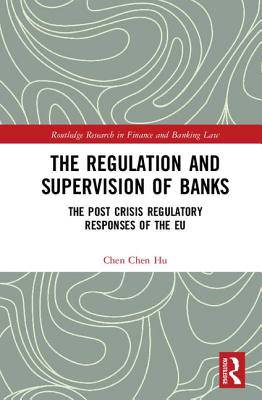
- Afhalen na 1 uur in een winkel met voorraad
- Gratis thuislevering in België vanaf € 30
- Ruim aanbod met 7 miljoen producten
- Afhalen na 1 uur in een winkel met voorraad
- Gratis thuislevering in België vanaf € 30
- Ruim aanbod met 7 miljoen producten
Omschrijving
Over the past two decades, the banking industry has expanded and consolidated at a stunningly unprecedented speed. In this time banks have also moved from focusing purely on commercial banking activities to being heavily involved in market-based and transaction-oriented wholesale and investment banking activities. By carrying out an all-encompassing set of activities, banks have become large, complex, interconnected, and inclined to levels of risk-taking not previously seen. With the onset of the 2008 global financial crisis it became apparent that there was an issue of institutions being too big to fail.
This book analyses the too-big-to-fail problem of banks in the EU. It approaches the topic from an interdisciplinary perspective using behavioural finance as a tool to examine the occurrence of the global financial crisis and the emergence of the structural problem in large banking institutions. The book draws a comparison between the EU, the US and the UK and the relevant rules to assess the effectiveness of various approaches to regulation in a global context. Chen Chen Hu goes on to use behavioural analyses to provide new insights in evaluating the current structural reform rules in the EU Proposal on Bank Structural Regulation and the newly adopted bank recovery and resolution regime in the EU Bank Recovery and Resolution Directive and the Single Resolution Mechanism (SRM) in the Single Resolution Regulation.
Specificaties
Betrokkenen
- Auteur(s):
- Uitgeverij:
Inhoud
- Aantal bladzijden:
- 290
- Taal:
- Engels
- Reeks:
Eigenschappen
- Productcode (EAN):
- 9781138291881
- Verschijningsdatum:
- 17/04/2018
- Uitvoering:
- Hardcover
- Formaat:
- Genaaid
- Afmetingen:
- 156 mm x 234 mm
- Gewicht:
- 598 g

Alleen bij Standaard Boekhandel
Beoordelingen
We publiceren alleen reviews die voldoen aan de voorwaarden voor reviews. Bekijk onze voorwaarden voor reviews.











